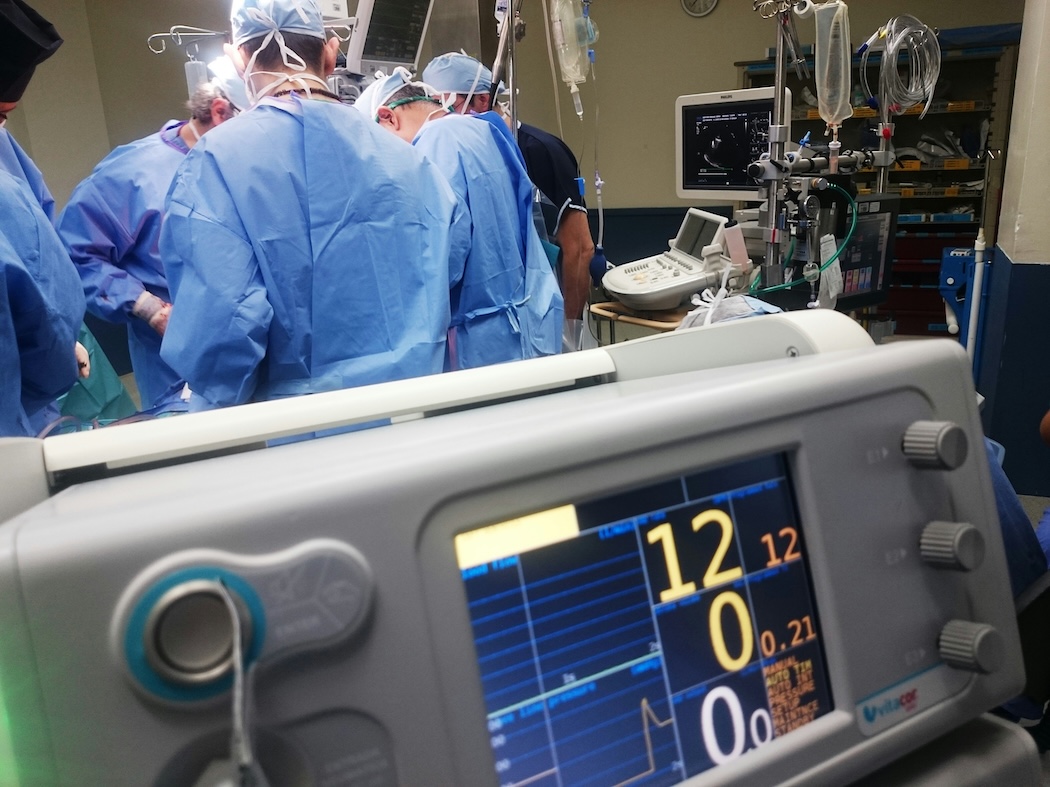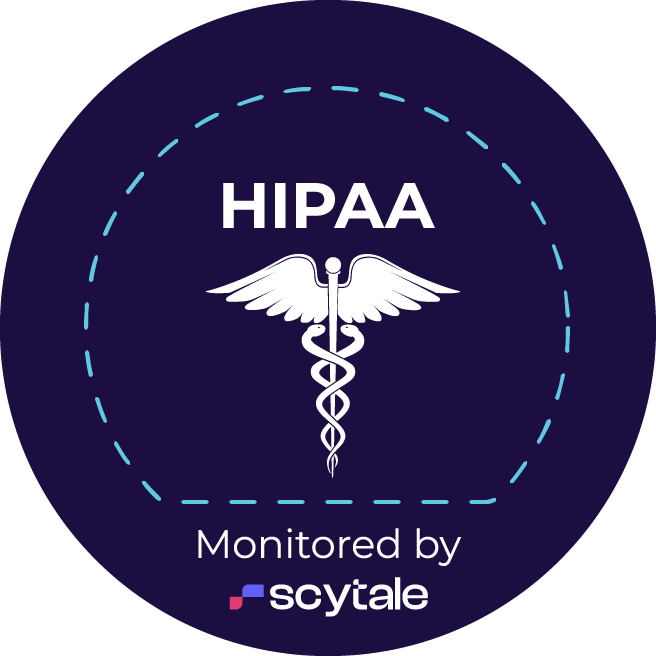
Walk into any well-run emergency room and you’ll notice something remarkable: organized chaos that somehow feels like choreography. A triage nurse assesses you within minutes. Your vitals are documented. You’re moved to a room. Different specialists appear exactly when needed. Behind it all, sophisticated systems hum invisibly—protocols, checklists, electronic records that follow you from intake to discharge.
Yet none of this efficiency feels mechanical. The nurse learns your name. The doctor makes eye contact. Someone explains what happens next. The best emergency departments have solved a problem that eludes most organizations: how to deliver highly systematized care that still feels profoundly personal.
This is the central challenge facing personal injury law. Clients arrive in crisis—often literally from an accident scene or hospital bed—disoriented, frightened, and facing a labyrinth of medical bills, insurance adjusters, and legal complexity they never expected to navigate. The question every firm must answer is whether they’re building an assembly line or an emergency room.
My conversation with Christopher DiBella, Esq. CEO of DiBella Law, Author, Speaker , founder of a nationally recognized personal injury practice, revealed someone who has spent his career building toward the latter model. His approach offers senior legal leaders a framework for thinking about growth not as a tension between quality and scale, but as an exercise in designing what I’d call systematic caring.
The Patient’s Eye View
DiBella’s formative experience shapes everything about his practice, and it began from the patient’s perspective. At ten years old, he watched his brother wheeled into a hospital after being struck by a car. But the crisis extended far beyond that room. He witnessed his working-class parents suddenly navigating a second emergency: debt collectors calling, insurance adjusters pushing quick settlements, the crushing anxiety of not knowing what treatment would cost or who would pay.
“I know very vividly and firsthand what my clients go through,” he told me. That memory became the diagnostic lens through which he views every aspect of his practice. When a client calls, they’re not presenting a legal problem—they’re presenting a life crisis with legal dimensions.
This distinction matters profoundly. It explains why his firm developed The Injury Handbook from Accident to Compensation, a comprehensive guide that walks clients through every phase of their case. On its surface, it’s client education. But its deeper function is what emergency medicine calls “anticipatory guidance”—preparing patients for what comes next so they aren’t constantly bracing for the next blow.
The handbook maps the quiet periods in litigation when nothing visible happens. It explains deposition procedures before they become frightening. It includes a journal for clients to track their daily struggles—the mornings they needed help showering, the sleepless nights, the work they missed—because DiBella knows that six months later, these details blur. “Some of these things you can source and try and piece together, but a lot of it you just forget,” he explained.
This is systematic caring: the recognition that anxiety stems not just from the injury itself, but from disorientation. The handbook isn’t holding clients’ hands—it’s giving them a map through trauma.
Triage Protocol as Philosophy
In emergency medicine, triage isn’t about treating the loudest patient first—it’s about systematically assessing who needs what, when. DiBella has built a version of this into his intake process, most visibly in what he calls the “DiBella Difference Guarantee”: a 30-day risk-free trial of his firm’s services.
DiBella’s reasoning behind this offer reveals something deeper about how he thinks about client relationships. “We understand making the leap and hiring somebody is not easy,” he said. The guarantee isn’t a marketing gimmick—it’s an acknowledgment that trust must be demonstrated, not declared.
More importantly, it’s a forcing function for his entire operation. You cannot offer a satisfaction guarantee unless your systems actually deliver what you promise. And what DiBella promises is responsiveness: same-day callbacks, dedicated phone and email per case, a client portal that tracks case status in real-time. “When you call us, you’re going to hear back. You’re going to experience that,” he said.
This manifested dramatically in a case that arrived one week before the statute of limitations. The client had been discharged by another firm six months earlier and spent half a year being turned away—most attorneys saw only risk and work, not a family in crisis. DiBella’s team mobilized immediately: “All hands on deck… We literally were able to get everybody on board to the insurance companies, to the lien holders, to the medical providers.”
That capacity isn’t improvised heroism. It’s the dividend of building systems specifically designed for crisis response. Like an ER team running a code, everyone knew their role because the protocols existed for exactly this scenario.
The Trauma Surgeon’s Toolkit
DiBella’s embrace of technology is impressive because it never loses sight of its purpose: creating bandwidth for human connection. He’s implemented AI-powered document analysis, automated case evaluation tools, smartphone apps that let clients photograph accident scenes and track medical appointments. His initial enthusiasm—”I came back lit on fire”—was met with staff resistance. Some feared replacement. Others felt it was “cheating.”
His response reveals how he thinks about technology. “You’re not going to be replaced by AI,” he told them, “but you’re going to be replaced by somebody that embraces AI.” The technology exists to eliminate drudgery—the hours of document review, the manual tracking of deadlines—so his team can focus on what he calls “the front-facing piece”: the actual human work of listening, counseling, advocating.
But he’s acutely aware of the technology’s dangers. He cited attorneys being sanctioned for submitting briefs with AI-generated case citations that don’t exist—”hallucinations.” “They may read well, but you actually have to dive into some of these cases,” he warned. The tool amplifies expertise; it doesn’t replace it.
The distinction matters. An emergency room uses sophisticated monitoring equipment, but the doctor still examines the patient. The technology provides data; the physician provides judgment, pattern recognition, and the intangible skill of knowing when something isn’t right. DiBella’s practice operates on the same principle: systems create efficiency, but humans create care.
This shows up in small moments. He described walking past a paralegal’s office and overhearing them on an intake call—45 minutes spent not just gathering case facts, but learning about the client’s dog, their family, their fears. Afterward, the paralegal asked, “Can we throw in some dog treats into the welcome box?” That’s systematic caring: the system created the time for a 45-minute conversation, but the paralegal chose to spend it building a relationship.
Rounds and Follow-Up
In hospitals, rounds are sacred: the daily check-in where the care team reviews each patient’s status, adjusts treatment plans, and ensures nothing falls through gaps. DiBella has built the legal equivalent into his practice: mandatory 30-day client check-ins, a “Good Deeds” program where staff can nominate clients for extra support, and what he describes as continued relationship even after cases close.
This last point is unusual. Most firms treat case closure as the end of the relationship. DiBella treats it as a transition. His handbook includes a section on post-case life: resources for clients dealing with permanent injuries, support groups for those struggling emotionally, the message that “we’re still here even post-suit.”
He described a client whose son had suffered lead paint exposure. The maximum offer they received was $5,000—insulting given the child’s developmental delays. DiBella’s firm fought through to a substantial settlement. But what moved him wasn’t the dollar amount—it was watching the mother research treatment facilities across the country, finally able to access care her son needed. “To me, that’s worth more than any amount of money we could ever make on a case,” he said.
Years later, that family still sends cards. They visit the office. The case closed, but the care didn’t.
The Diagnosis for Legal Leadership
For senior attorneys evaluating their own practices, DiBella’s approach offers a clear diagnostic: Are you building an assembly line or an emergency room?
The assembly line optimizes for throughput. Cases move efficiently through standardized stages. Clients are processed. The model works, until it doesn’t. Until clients leave Google reviews about feeling ignored. Until staff burn out from treating human suffering as widget production. Until you realize you’ve built a machine that’s efficient at everything except the actual purpose of personal injury law: helping people through crisis.
The emergency room model optimizes for systematic caring. It requires sophisticated infrastructure—the case management systems, the AI tools, the client portals—but deploys all of it in service of a single goal: ensuring every person who walks through your door receives attentive, expert, personalized care.
This isn’t soft thinking. It’s strategic clarity about what creates lasting value in a relationship-driven practice. DiBella’s firm has over 500 five-star reviews online. They receive calls from clients who left other firms because they couldn’t get callbacks. Their 30-day guarantee works because almost no one leaves after experiencing the system.
The insight here is that clients don’t want to be treated like they’re your only case—they know you have others. What they want is to feel cared for within a system that’s designed to make that care reliable and consistent. They want to know that when they call, someone will respond. When they have questions, someone will explain. When their case hits a critical moment, the right expertise will appear.
This is what the best emergency departments do: they make you feel simultaneously like you’re in expert hands and that those hands actually see you.
Discharge Instructions
Emergency departments end every visit the same way: with clear discharge instructions. What to watch for. When to come back. Who to call if something changes. It’s the final act of systematic caring—ensuring the patient isn’t left wondering what happens next.
DiBella has built the same principle into his practice. The handbook that guides clients from accident to resolution. The post-case resources that acknowledge trauma doesn’t end with a settlement check. The continued relationship that says: we were here for your crisis, and we’re still here after.
In an age where scale and systematization are often positioned as opponents of human connection, his practice suggests a different possibility: that the highest expression of caring for people in crisis is building systems sophisticated enough to deliver that care to everyone who needs it, every single time.
The question for every legal leader isn’t whether to build systems. It’s what those systems are designed to preserve. DiBella chose to preserve the feeling his ten-year-old self needed when his family was navigating their crisis: the sense that someone was paying attention, that someone cared, that they weren’t alone in a system designed to grind them down.
That’s not a metaphor for good legal practice. That is good legal practice. Everything else is just infrastructure in service of that simple, profound commitment.
You can learn more about Chris DiBella and his firm at their website, https://www.dibellalawoffice.com/. And be sure to check out “The Injury Handbook” that Chris wrote – a personal and insightful guide on how to navigate the world of personal injury law for individuals affected by accidents or potential negligence.
***
This essay is a reflection on an episode of “The Litigator’s Edge”, a podcast sponsored by Threadeo and hosted by me, Aniket Sawant. The episode is available at the following links:
Spotify: https://open.spotify.com/episode/2cRTqOvuv7YgymEcCQjA8J?si=ivnIgHsgS6SmLGvCMir3uA
Apple Podcasts: https://podcasts.apple.com/us/podcast/the-litigators-edge/id1805018270?i=1000731223063
YouTube: https://youtu.be/SFRGwOzrZR8

